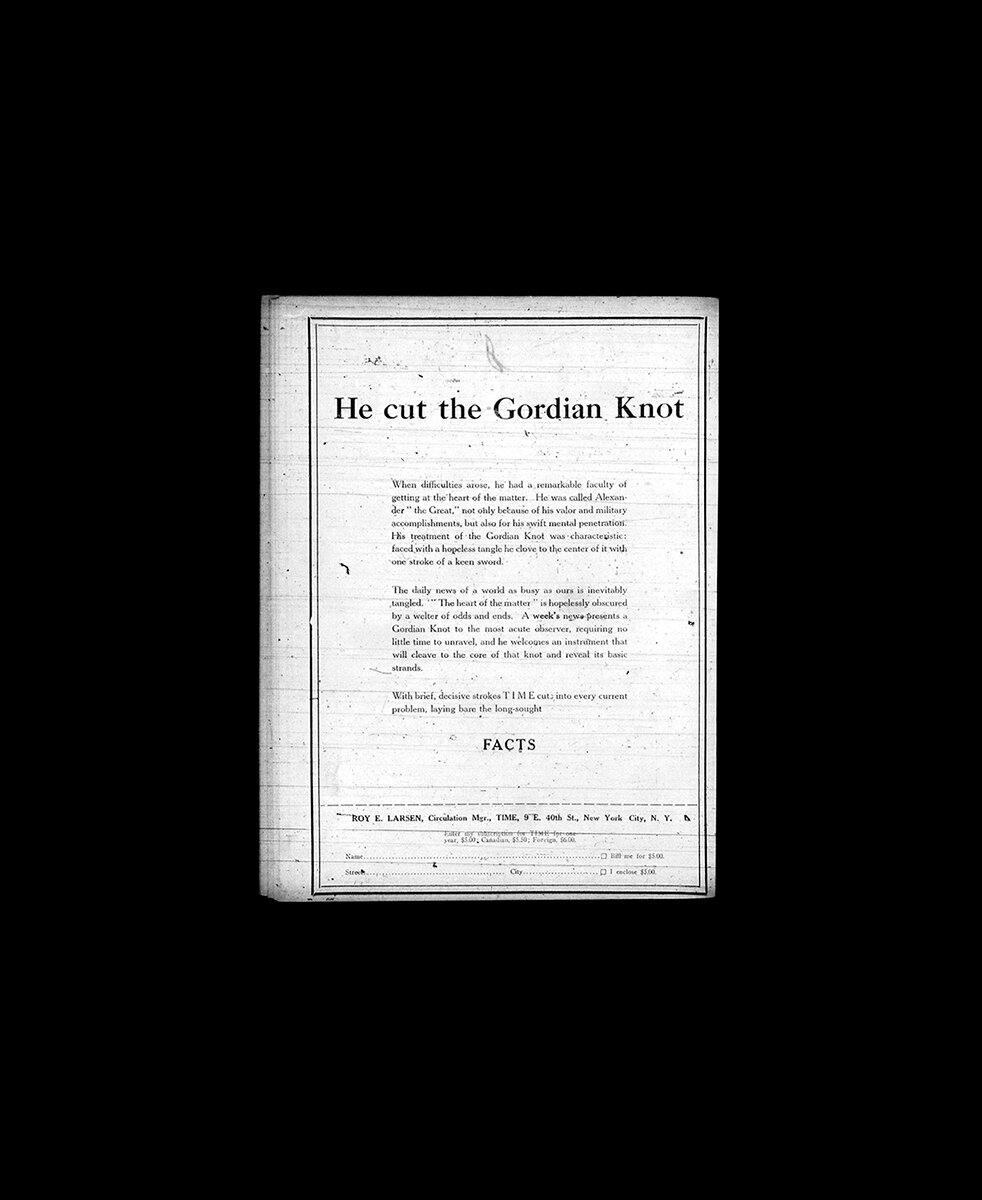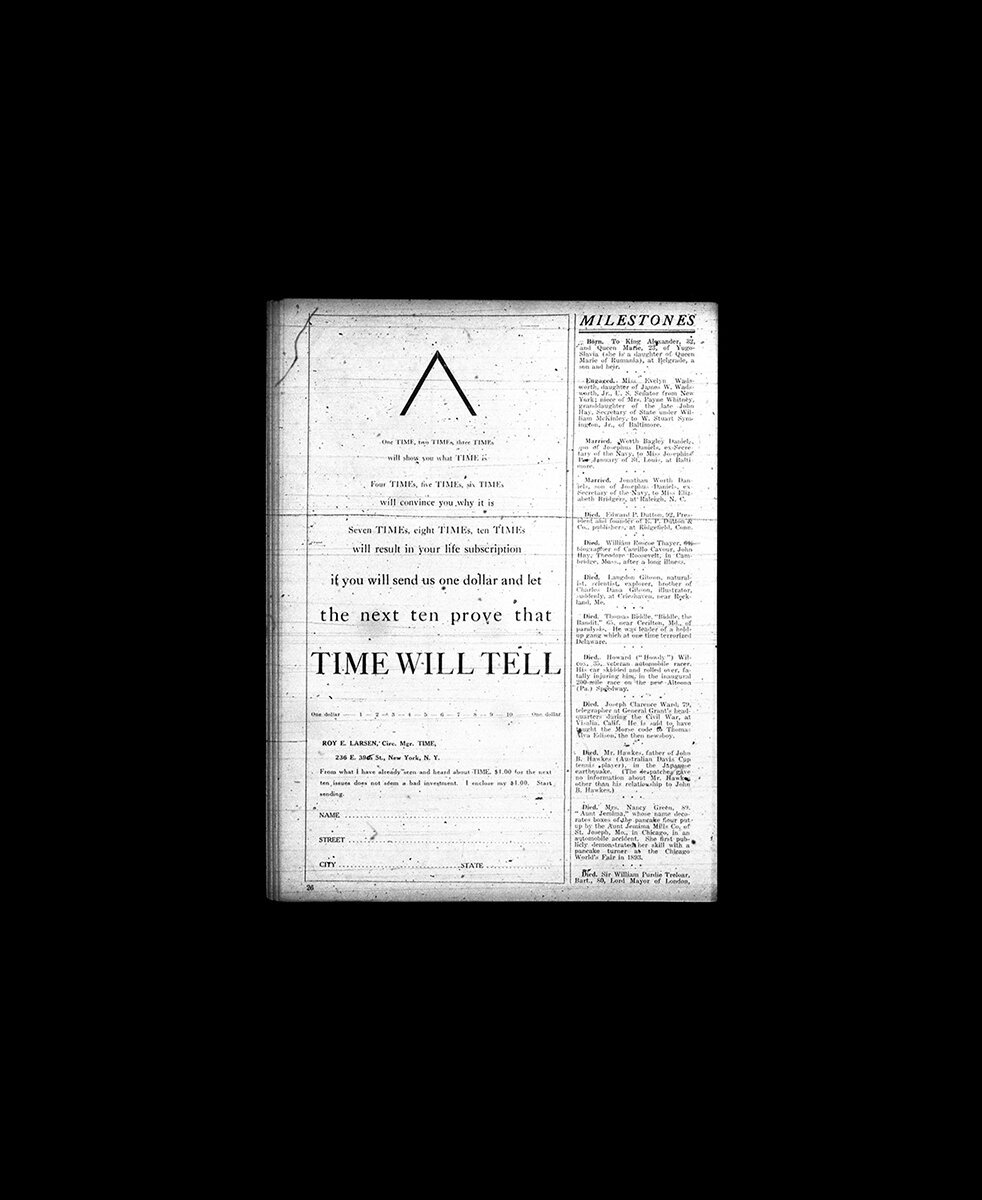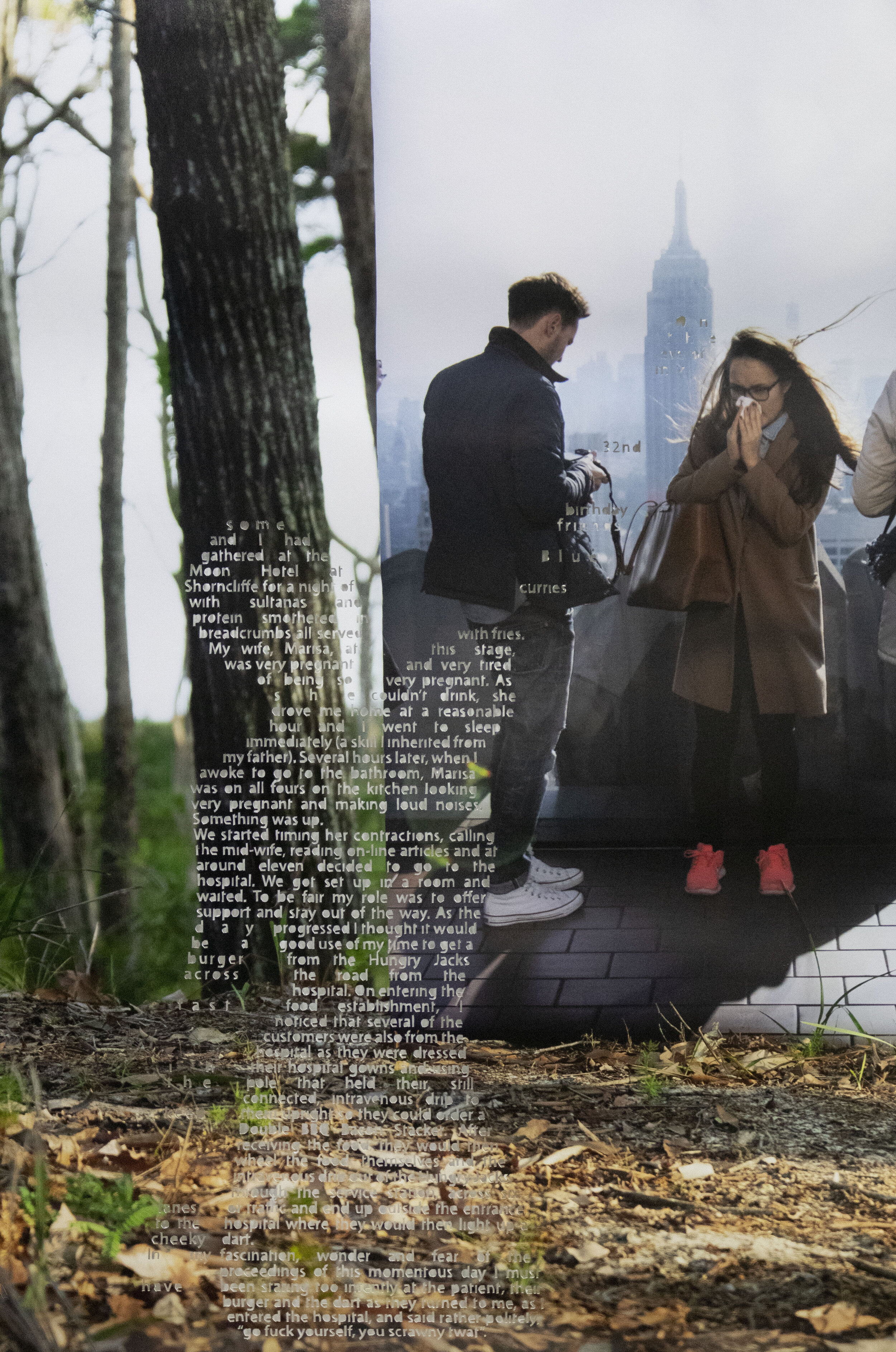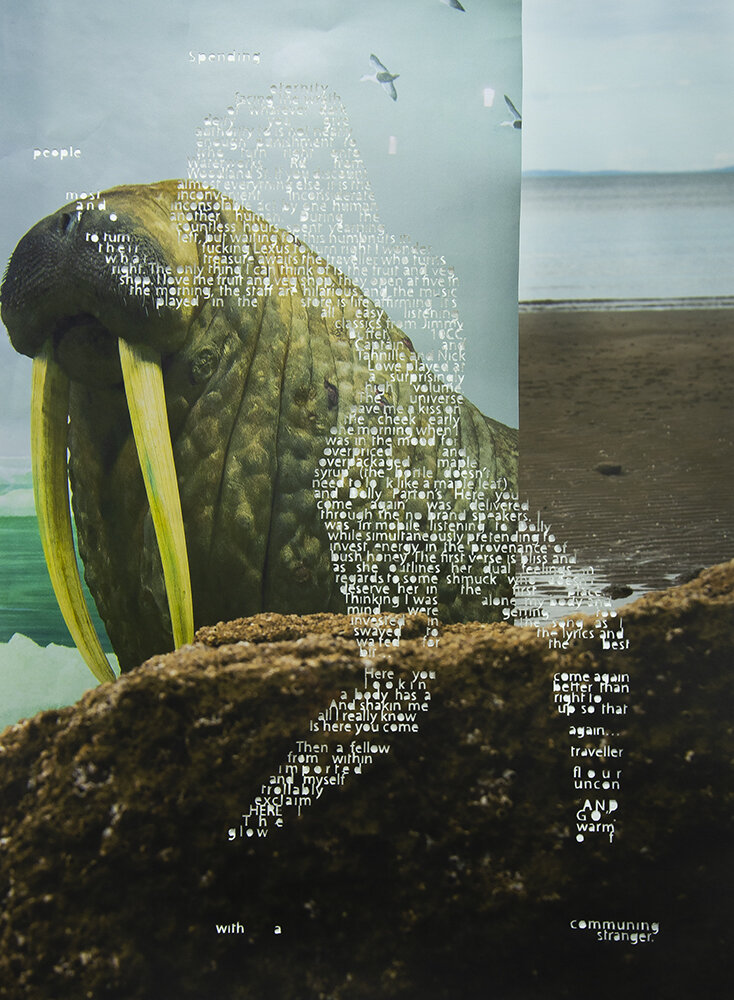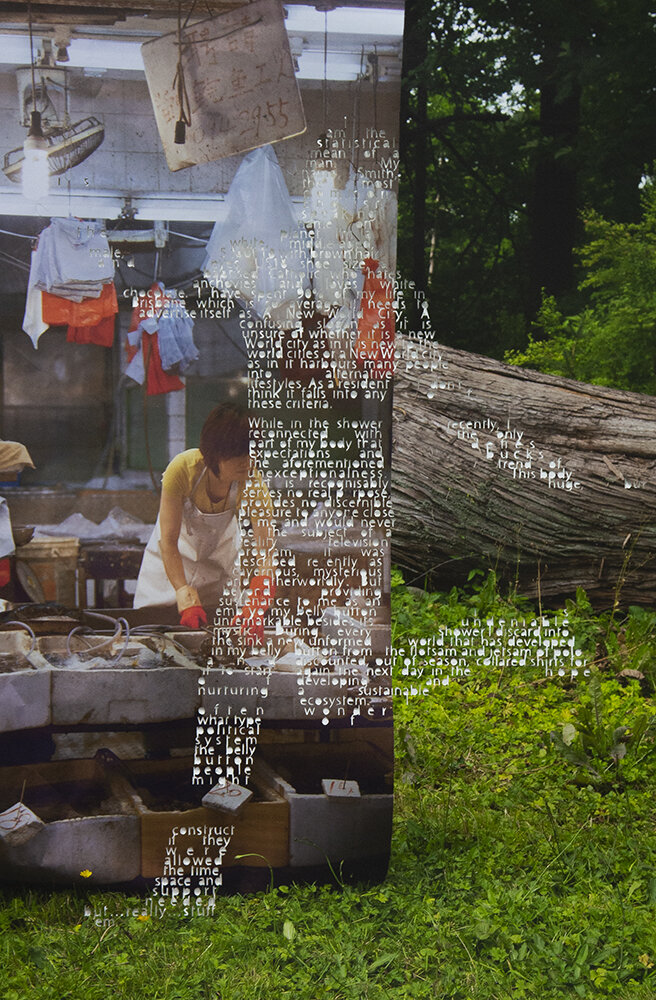Looking Forward while Looking Back:
History Interplays
Curated by Elisa Gutiérrez Eriksen
July 10 - 30, 2020
This iteration of Looking Forward while Looking Back:History Interplays brings together the works of Derek Sargent & Jess Miley, Elizabeth Moran and Martin Smith. It is an exploration and reconstruction of history from different perspectives that includes research based work, autobiographical elements, and a particular focus on alternative historical archives.
When thinking of history and its facts, what gets to be highlighted and documented and what remains hidden? Fixed beliefs, accepted truths, and diverse points of view show that source, context, and the use of information will transform and adapt depending on the approach and circumstance.
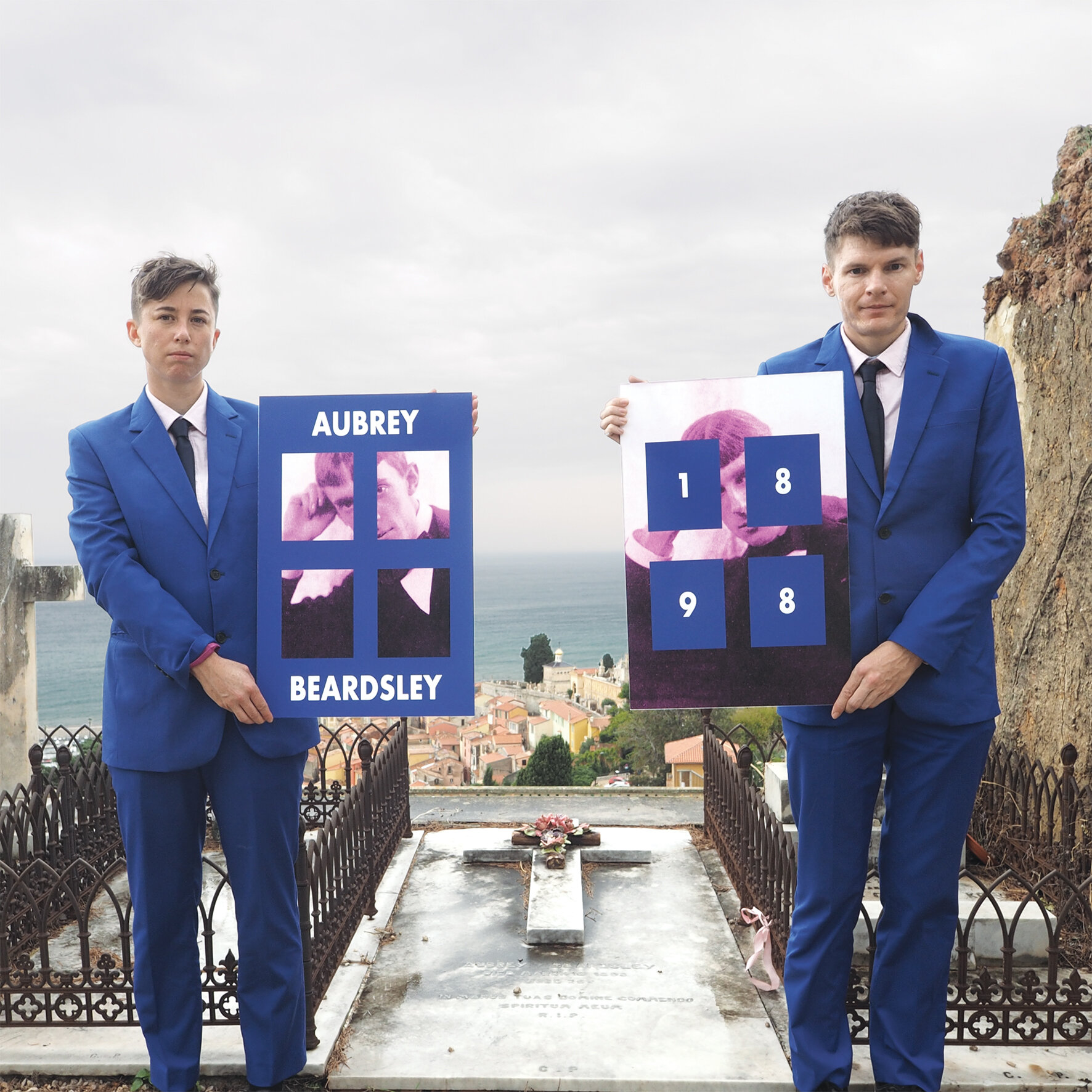
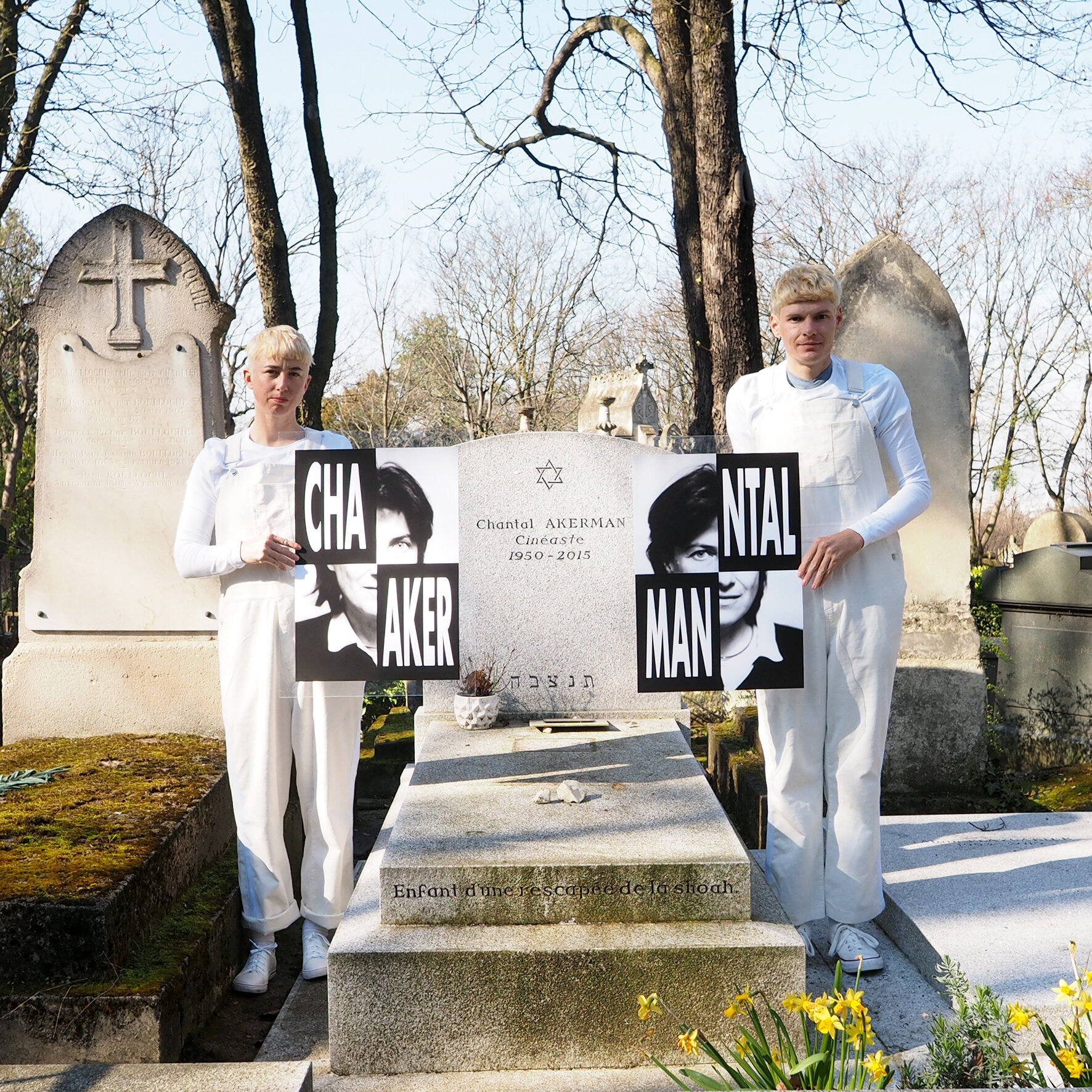
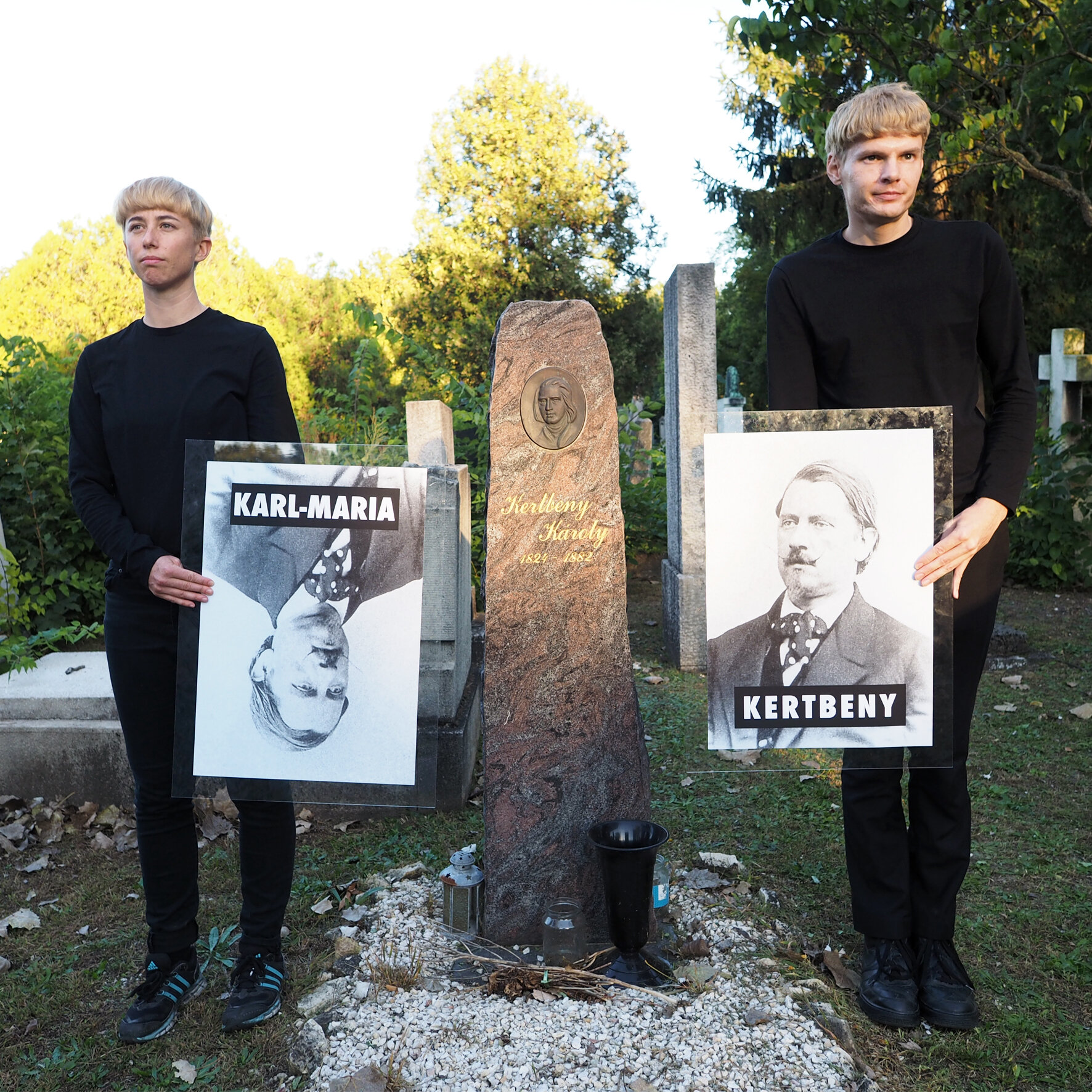
Derek Sargent & Jess Miley (Australia)
NARS Alumni, 2017, Season III
@derek_sargent_
Derek Sargent and Jess Miley have been collaborating together for over three years on their performative research project, “The Grave Project,” which researches historic individuals who have had an impact on queer and non-normative culture. The project examines the way the queerness of these people is used in the construction of their biographies and how, where they lived had a profound effect on their queer story. These biographies act as a framework to examine ideas around queer existence. This research culminates in a pilgrimage to their burial sites which is documented in photography, film and text to create an alternative historical archive.
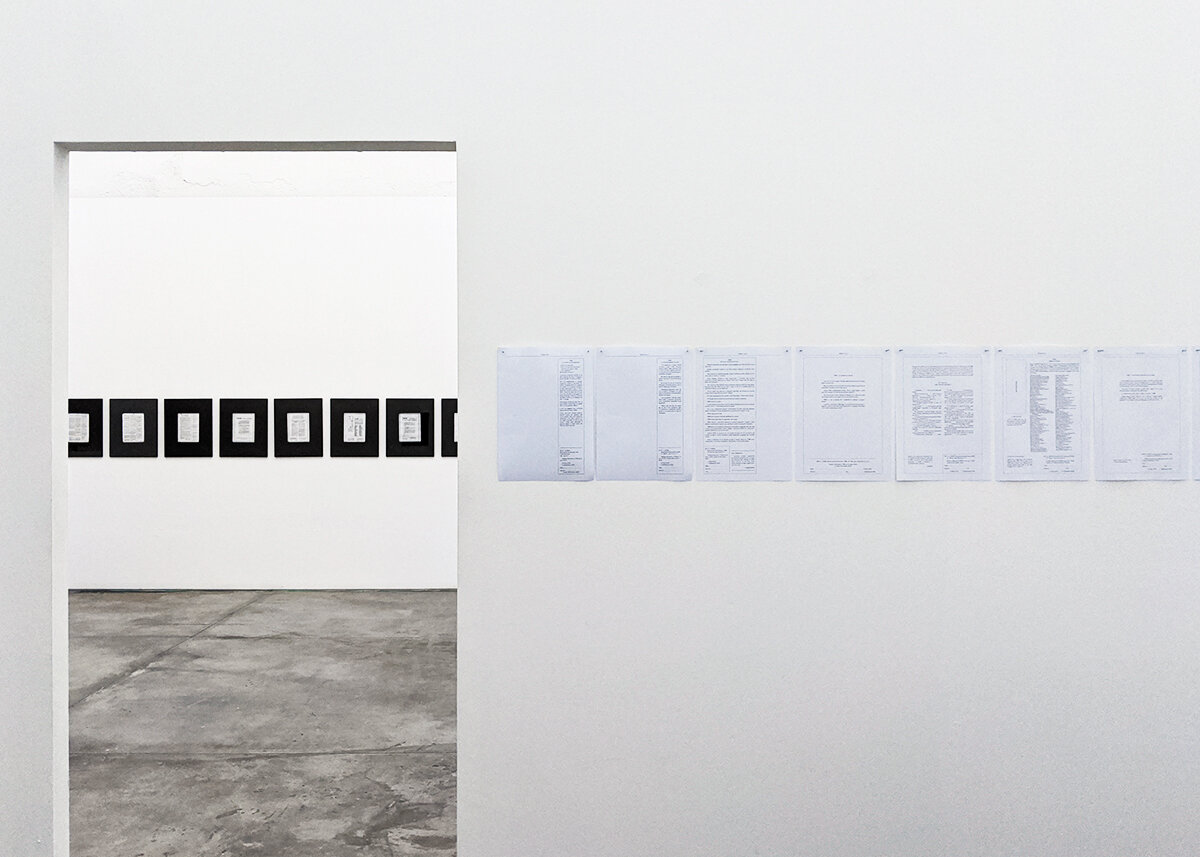
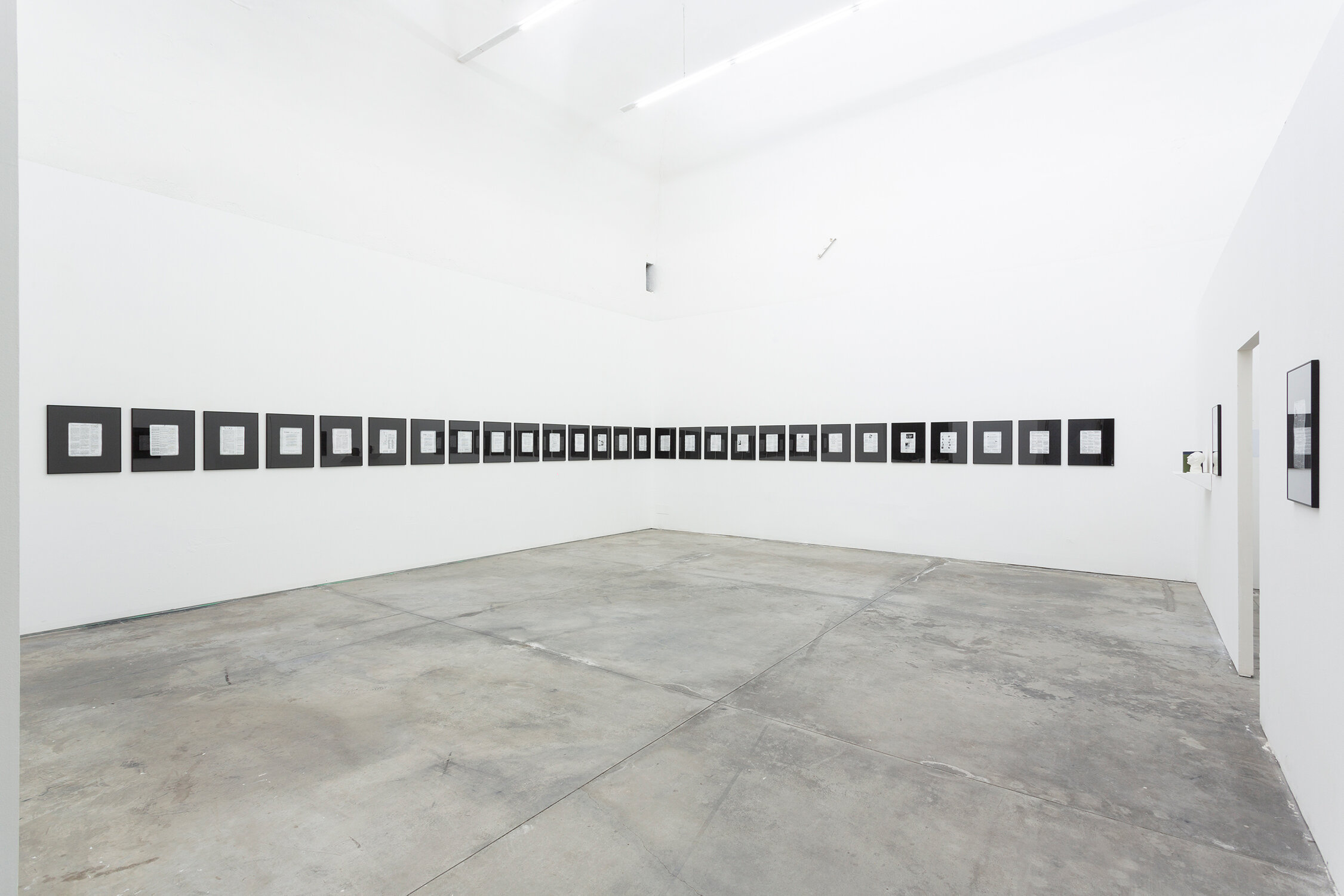
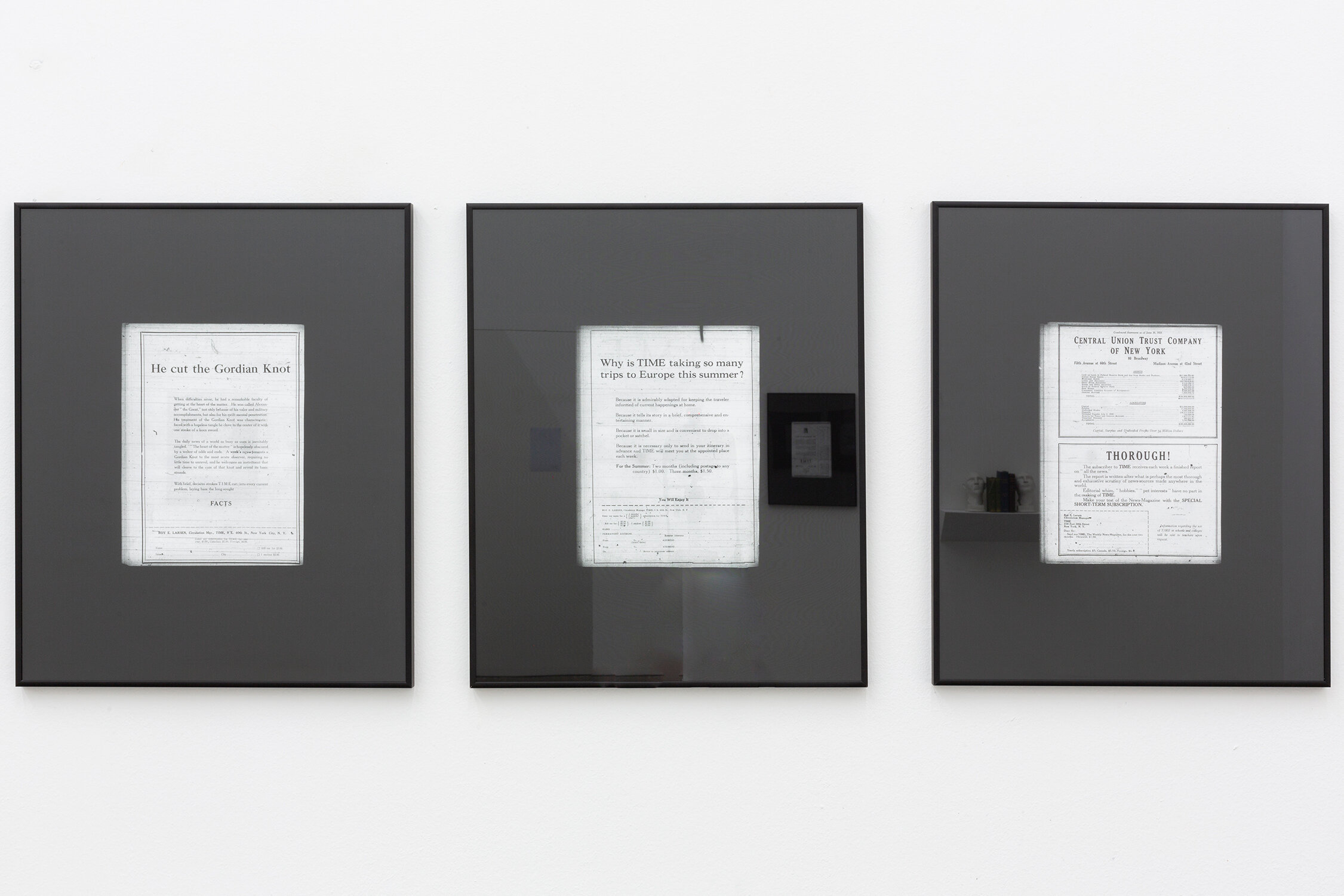
Elizabeth Moran (USA)
NARS Alumni, 2018 Season II & III
@elizabethcmoran
Guided by a preoccupation with the subjectivity of facts, Elizabeth Moran uses forms of documentation to examine the reliability of information and how evidence is often far from evident. TIME will tell is part of an ongoing project including extensive research of the TIME, Inc. corporate archive and an investigation of the earliest history of the first professional fact-checkers.
Moran’s work—from technological to linguistic mediation—reminds us that fact-checking is not simply a process of confirming the veracity of a piece of information. Fact-checking is yet another form of myth-making.
Martin Smith (Australia)
NARS Alumni, 2017, Season IV
@jennifer_cheeseman
In response to… is a part of life-long project where I am writing an auto-biographical novel where each letter is hand-cut from a photograph. The series began in 2004 after the death of my father and currently there are 45 unique components.
The combination of text and photography to create meaning is ubiquitous within contemporary communication, it is used in advertising, press, fine art and through the verbal ribbon that accompanies family photography. The text is written in the voice of a narrator that is explaining the details of an image. The stories are usually 300 words long and detail embarrassing events, formulative relationships, reflections and mundane musings on life in a humorous and relatable voice
Download Press Release
CONVERSATIONS
2017, Season III
@derek_sargent_
Can you tell us a bit more about the process for creating the work presented in this exhibition?
In collaboration with fellow Australian artist Jess Miley I have been working on a performative research project called, The Grave Project. We research historical queer public figures and visit their gravesites. Graves or burial sites are important objects in the lives of some of these figures, who have often had their public biographies highly edited or adjusted to remove or diminish their queerness and their tombstone can be the last physical evidence of their existence. Our research, pilgrimage, and subsequent documentation serve as a way to re-look at their biographical story with a queer lens.
How are you doing these days? Is your artwork being influenced by or providing an outlet from the current events in the world?
A year ago I moved to Bergen, Norway to do a Masters in Fine Art, the art school has been closed for several months which has impacted my studies greatly. My current art practice involves traveling as a key aspect, so the lack of mobility over the last four months has put a halt to many new works that I was planning to create.
Along with being so far away from your usual support network in such uncertain times can make you feel a bit vulnerable.
How do you see the role of art and artists in society today?
To me, the role of an artist is as important as it has ever been. At it’s simplest I see my art practice as being a storyteller, to search out meaning, to explore, investigate, and shed light on our current cultural paradigm. We are currently experiencing a specific crush of multiple global events and it is essential that artists continue to make work that challenges and documents our experiences.
Is there something specific that you hope to explore in the future?
At the moment Jess and I are researching a project to do in Norway. 2022 will be the 50 year anniversary of the decriminalisation of homosexuality in Norway, our future work will be in collaboration with the Skeivt Arkiv to mark this moment. We are pushing our practice and exploring how to incorporate performance more sharply within it.
2018 Season II & III
@elizabethcmoran
Rose (East) (still)
2020
Digital video recording
Here is a still from a video I have unsuccessfully attempted to finish since March. In December of last year, the New York Public Library granted me access to work in the Rose Reading Room outside of normal visitor hours. This room is where fact-checking was invented by a small team of women who have since been forgotten. Before March, I looked up towards the Reading Room's gloriously painted ceiling of billowing clouds to gaze upon its sunset. 7 floors of stacks of the NYPL now sit empty. Archives around the world are being condensed and edited and stories, like those of the first fact-checkers, may be forever lost. But I also saw a sunrise. Even with the continued concern of misinformation, more people have more access to information than ever before. Now, halfway through July and a million years since December, this never-ending sunrise and sunset feels more familiar as time seems to be standing still. But time is far from still. Collectively we are witnessing an end of an era and, simultaneously, the dawn of a new awareness that we all exist under the same, shared sky.
-Can you tell us a bit more about the process for creating the work presented in this exhibition?
I began my research into the history of fact-checking by reading every issue of TIME from the 1920s to get a sense of the first facts to ever be checked. As I scrolled through the reels of microfilm, I was struck by the recurring advertisements for the magazine itself featured in nearly every issue. These advertisements made clear that confirmed, reliable facts were TIME's primary product. However TIME's advertisements repeatedly turned to historical and literary myths (of Homer, Shakespeare, Alexander the Great, etc.) to explain fact-checking. I began to consider fact-checking as a form of myth-making. The process confirms information but also dictates what information is even shared in the first place. The prints themselves are made from digital scans of the microfilm of original TIME issues, bearing the marks (tears, scratches, and pixelation) of every media conversion and transformation over the last century.
-How are you doing these days? Is your artwork being influenced by or providing an outlet from the current events in the world?
When New York first went into lockdown, so did my creative productivity. I transitioned out of my head and into my body in a way that surprised me. I became very aware of a new found rhythm of movement and stillness—and of my privilege to be in a stable space throughout this unstable time.
I also realized my artistic practice (not just the work itself) is extraordinarily context-dependent. While the ground continues to shift beneath our collective feet, I will continue to be malleable, focusing instead on bearing witness and being present. When the dust settles and rebuilding begins, so too will my creative output.
-How do you see the role of art and artists in society today?
In my first class after quickly transitioning to remote learning (I teach at Parsons in New York), I told my students that some of them may feel inspired by this moment with ideas flowing out of them. And I encouraged them to follow that energy wherever it may lead, to help themselves and others make sense of the situation that was unfolding around us. And I told my students that some of them may feel stuck, incapable or unknowing how to move forward with their work. And I encouraged them to be kind to themselves, their creative output may come later, to help themselves and others make sense of what comes next. We need artists on all ends of the spectrum: to help us see what is happening around us, to help us examine what has occurred, and to help us imagine what can be.
-Is there something specific that you hope to explore in the future?
I know I do, but I don't know what that is just yet.
2017, Season IV
@jennifer_cheeseman
-Can you tell us a bit more about the process for creating the work presented in this exhibition?
These works are part of a life long project that began when my father passed away in 2004. I was interested in the ways that language and narrative shape and form our identity, especially after we pass away. The text is hand-cut from a photograph in a process where the story is then embedded into the surface of the image. When viewing the works you can't read the text without engaging in the image and visa-versa. I'm interested in how memory is influenced and changed throughout our lives. As we get older we view the past through new filters. The whole suite of work, which numbers currently around 60, is like a novel. A novel that is hand cut from photographs, that has no order, no beginning and ends when I end.
-How are you doing these days? Is your artwork being influenced by or providing an outlet from the current events in the world?
I am lucky to be living in Australia where the effects of the virus were not as severe. We have had lock-downs like most countries but have, so far, been spared the worst. I have not been able to print or travel far so have been working more on my writing and creating other works.
-How do you see the role of art and artists in society today?
That's a tough one. I think artists like most professions influence our society
in many ways from entertainment, interpreting and communicating information, critiques of power etc. Why I have always been excited by art and artists is in the ways it challenges and changes culture/s. This is in small ways in local communities to large global movements. I feel that our society is much better at absorbing technological change but can be resistant to cultural change. I mean my uncle could never deal with abstraction. Art provides a bridge and a prediction of culture.
-Is there something specific that you hope to explore in the future?
I have a speech impediment that was quite acute when I was young and the process of forming speech was stressful. When I knew I was just to stumble on a word I had to quickly try to drop in a substitute word. Sometimes it works but often it confuses people. I have been thinking that narratives, stories and language have a physical effect on our lives and wanting to represent them in a material sense. I have been using the released letters from my text works to try and represent an infinite space of language. The works are still in the early stage and there is a lot to do, but I am enjoying the conceptual and procedural challenge. I have an exhibition in Melbourne planned in early 2021 as part of the Melbourne International Photography Festival and I hope to have some ready for that show.

